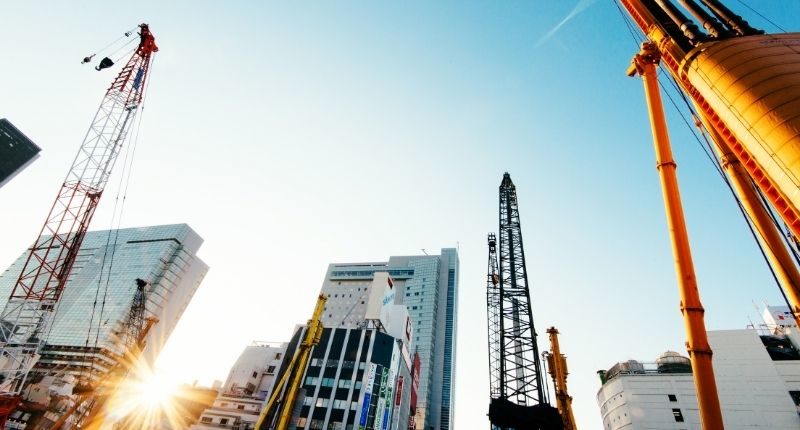- New technologies enabling entire builds to be overseen remotely, boosting building efficiency and safety
- Employing digital innovation to strengthen human connection vital to maintaining people-centric culture of workforce
- No time like the present for all industries to adopt a sustainable approach, attention to all stages of production critical says Peter Salveson
Despite colossal disruption to the Australian construction industry throughout the pandemic, the sector has remained at healthy levels of operation.
CEO of Hansen Yuncken Peter Salveson described the endurance of the industry as a double-edged sword however, as a fresh set of challenges arise.
Mr Salveson provides insight into the changing climate, and the ways in which he expects the construction industry to pivot towards new priorities and challenges.
A world gone remote
While technologies were already advancing rapidly before the onset of the pandemic, the construction industry like many others were forced to accelerate their adoption of innovations once the virus took hold, said Mr Salveson.
“The ability to work remotely was suddenly essential to many projects, calling for digital innovation and lateral solutions.”
Peter Salveson, Hansen Yuncken CEO
As new technologies have cemented themselves in our lives and begun to reshape the way we build, the construction industry has broadened its capabilities to deliver more complex and precise projects.
“One example of this emerging technology is Building Information Modelling (BIM). The
innovation enables teams to not only create projects in a digital environment, but to
meticulously plan each step of the process, enabling them to foresee where clashes
between trades may occur and to rectify this through careful coordination of services,” said Mr Salveson.
This new process had shaped building fundamentally, allowing the build to be remotely overseen entirely and refining the safety, productivity and timing of the build.
Digital innovation laying the foundations of the future
Mr Salveson described digital innovation as affording the industry “tremendous power” and expects to see it provide a significantly positive outcome in the form of greater efficiencies, outputs and client satisfaction.
“Digital innovation in construction supports creativity and explorative design without concerns, or impact, of the ‘real world’ environment. When you consider the rapidly evolving landscape humans face, this in itself is a game changer,” he said.

He added that the benefits of digital innovation will only be boosted when combined with ‘big data’ approaches, allowing large amounts of data to be collected, collated and used to inform new projects.
Digital innovation strengthening human connection
Mr Salveson emphasised the significance of using digital innovation as a tool to strengthen culture, arguing the importance of maintaining a people-centric culture regardless of the future of building practices.
“Improving site safety and boosting team morale, in turn increasing productivity, will prove crucial to the sector’s future success.
“After all, building revolves around teamwork. Australia’s prolonged border closures, both domestic and international, have resulted in skill shortages across the sector, highlighting an immediate need to train and strengthen its existing talent pool,” he said.
Mr Salveson also advocated for focus on diversifying the workforce, highlighting efforts to even the gender imbalance and elevate female presence throughout all levels of the workforce.
Going green for a brighter future
According to Mr Salveson, now is the time for all industries to adopt a progressive approach to sustainability, working to cement it as standard practice rather than optional.
“With the construction sector contributing over 18% of Australia’s carbon footprint, there is serious work to be done. Organisations should look to greener materials, digital innovations to reduce wastage and work with their clients and stakeholders to reduce climate impact.”
Peter Salveson, Hansen Yuncken CEO
He also highlighted the importance of viewing sustainability as an end-to-end process, ensuring sustainable practice is adhered to throughout all stages.
“After all, can a building be truly sustainable if it was carbon intensive to build? Addressing the complete supply chain is essential, which requires collaboration with suppliers and partners,” he explained.
“The post-COVID construction industry is one that has not so much changed as rapidly
grown. Sustainability, digital innovation and equality have always been a priority and, as
lockdowns end, we will continue to build a better, shared future for generations to come,” Mr Salveson concluded.








